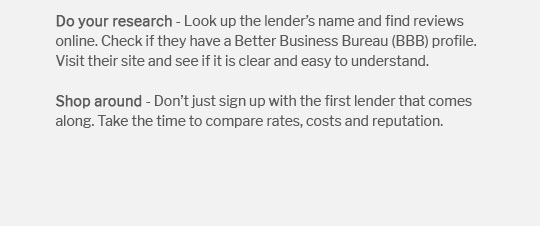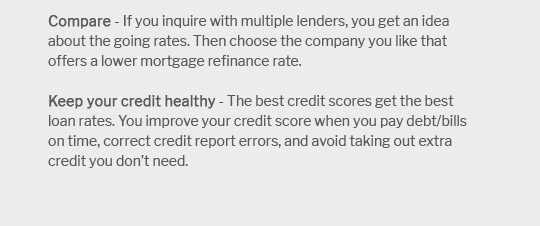 |
|||
 |
 |
 |
||
|---|---|---|
 |
||
 |
||
 |
||
 |
||
 |
||
 |
 |
 |
 |
Refinance Upside Down Conventional Mortgage: Understanding Your OptionsRefinancing an upside down conventional mortgage can be a daunting task. When you owe more on your home than it's worth, it's essential to explore your options carefully. This article provides insights into refinancing strategies, eligibility, and potential pitfalls. Understanding Upside Down MortgagesAn upside down mortgage, also known as an underwater mortgage, occurs when the remaining mortgage balance exceeds the home's market value. This situation can arise due to a drop in property values or high-interest loans. Causes of Upside Down Mortgages
Refinancing Options AvailableThere are several refinancing options for homeowners with upside down mortgages. While conventional refinancing might be challenging, other programs can offer relief. Government-Backed ProgramsPrograms like HARP (Home Affordable Refinance Program) and FHA Streamline Refinance are designed to help homeowners in these situations. For those considering different options, the fha 203k refinance loan might be a viable alternative. Negotiating with Lenders
Evaluating the Pros and ConsBefore proceeding with refinancing, it's crucial to weigh the benefits and drawbacks carefully.
Using an fha 203k refinance loan calculator can help determine if refinancing is the right decision for your financial situation. FAQ SectionWhat is an upside down mortgage?An upside down mortgage occurs when a homeowner owes more on their mortgage than the property's current market value. Can I refinance an upside down mortgage?Yes, refinancing is possible through government programs or negotiating with your lender, though it may be more challenging than traditional refinancing. What are my alternatives if I can't refinance?Alternatives include loan modifications, short sales, or considering a deed-in-lieu of foreclosure if refinancing is not viable. https://www.bogleheads.org/forum/viewtopic.php?t=110036
I currently owe ~$169,000 @ 5.125% on my house. I have a conventional 30 year mortgage that is owned by Freddie Mac. https://www.reddit.com/r/FirstTimeHomeBuyer/comments/1bu51r1/psa_you_cant_refinance_if_your_home_value_drops/
You can refinance a VA loan even if upside down. And VA loans can start at 103% LTV. https://www.ramseysolutions.com/real-estate/underwater-mortgage-options?srsltid=AfmBOoov2RI1zvzBJXF8RbIx_1yGgphFRVhpRfJYiyKEWJtqhPSCaEIn
... refinance if you're upside down on your home. To qualify you must have made on-time mortgage payments over the past six months (and no more ...
|
|---|